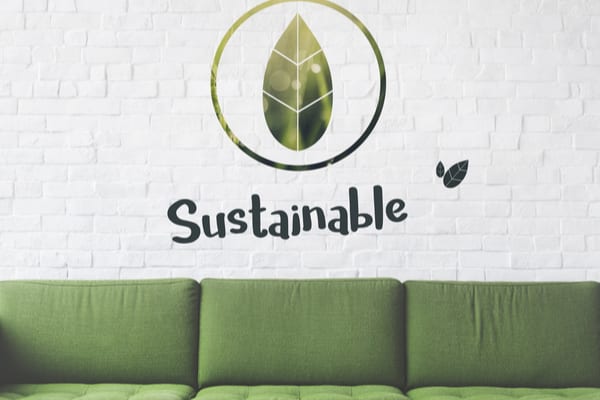There are many different definitions of sustainable design, but they all share similar characteristics. When it comes to real estate, sustainable design means creating efficiencies that persist for the long term on a property.
Sustainable home design is a goal that’s long been sought by builders and homeowners alike. Not only does sustainable design make a house less expensive to operate, it can also help reduce carbon emissions and other environmental impacts. It’s not trendy, and evolution can be slow, but sustainability is important to help homes continue to be useful and comfortable as climate change accelerates.
“At the highest level, sustainable design touches every part of how we, as a species, inhabit our planet. While obviously true, this can be a daunting mental model,” says Tim Gorter, founder and principal architect of Tim Gorter Architect in Santa Barbara, California. “Architects and homeowners will benefit from thinking about sustainability in categorical terms that provide the greatest impact: site strategies, water conservation, energy efficiency, indoor environmental quality and material resource preservation.”
This means considering how different systems and items around a home can be designed to reduce their negative environmental impact, but sustainability isn’t just about improvements of efficiency on paper.
Although most people think of sustainable options as only available for new homes, older homes can also be retrofitted with some level of sustainability in mind. They may never reach the level of efficiency and waste reduction that ground-up builds can, but don’t count out older homes when it comes to sustainable design.
“Sustainable design choices can also improve the aesthetics and functionality of living spaces,” says Boyd Rudy, associate broker at Dwellings Michigan in Plymouth, Michigan. “For example, choosing materials that are locally sourced and recycled can add beauty and character to a home. Practical considerations such as passive solar orientation can also lead to improved heating and cooling performance, reduced energy costs and increased comfort. In short, sustainable design is not only good for the environment – it’s also good for the people who live in these spaces.”
There are never likely to be hot trends in sustainability, because changing out light bulbs and insulating an attic aren’t sexy or fun, but they do create huge ripples that impact the entire world. Starting small with sustainable choices like recycled furniture, reclaimed remodeling materials and low-water gardens in place of lawns can be great ways to think about sustainability that grows from your own home.
==
Photo Credit: Rawpixel.com / Shutterstock.com
